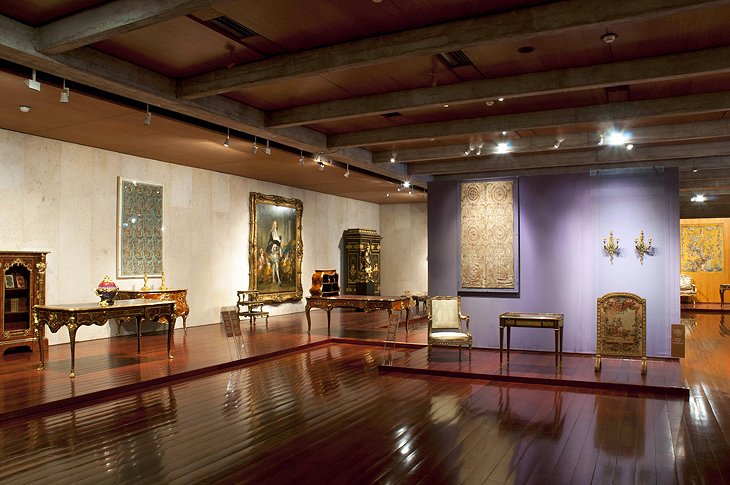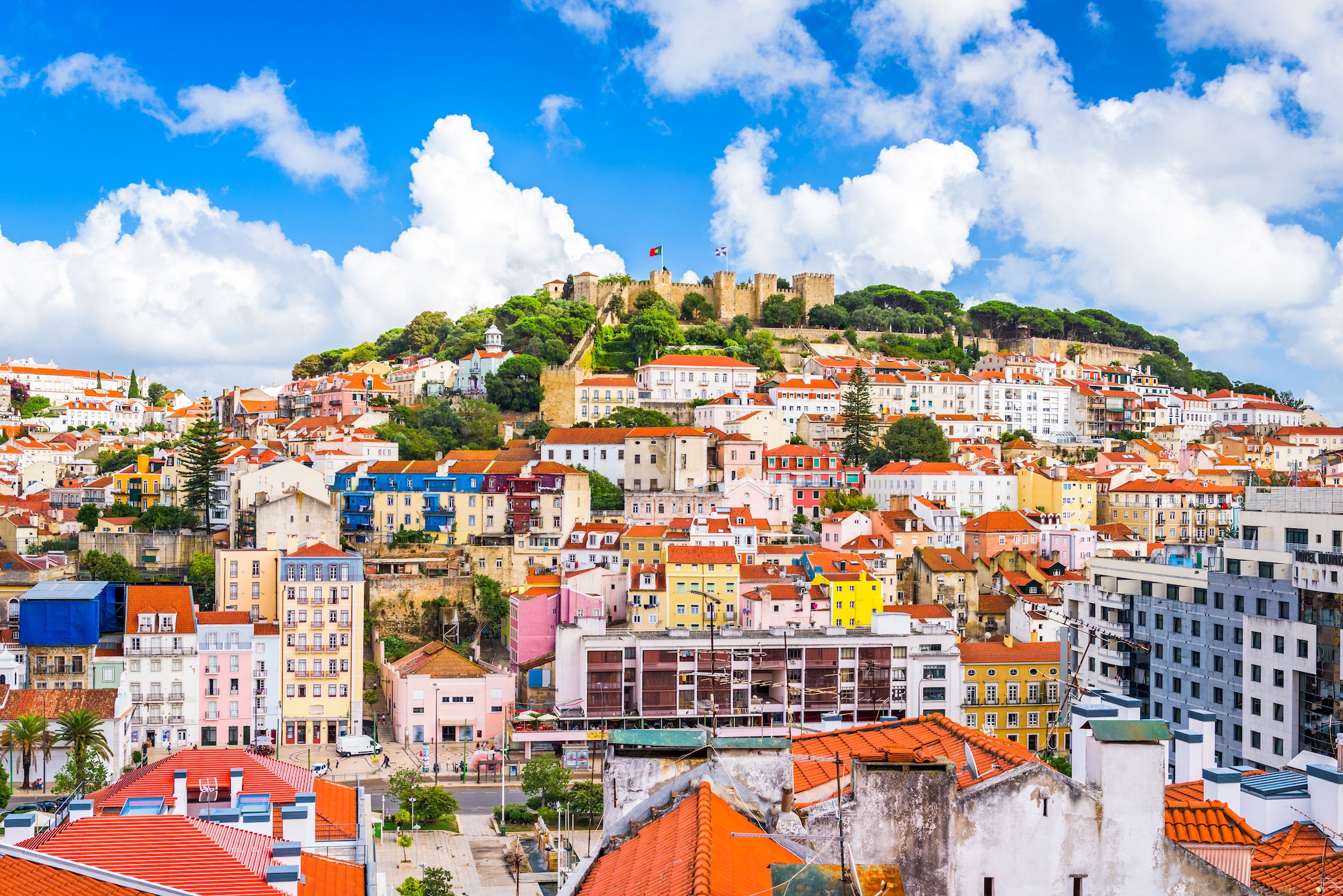
13 Best Places to Visit in Portugal
Located on the western coast of the Iberian peninsula, Portugal is one of Europe’s most visited countries due to its idyllic climate, affordable travel costs and exceptional attractions. The richness of Portugal’s heyday – when it used to rule a huge empire from Brazil to Macau in China – is something you can definitely see in its architecture.
Elegant and drenched in opulence, the buildings of Lisbon and Porto – especially in their respective Old Towns – certainly reflect the wealth of Portugal’s imperial days.
1. Lisbon:
Stretching along the banks of the Tagus River near the Atlantic Ocean, Portugal’s capital and largest city winds upward among seven steep hills, forming an enchanting destination of warm weather, alluring alleys, quaint shops, Gothic cathedrals, impressive bridges and colorful neighborhoods, reverberating in traditional fado music.
One of the world’s oldest cities, Lisbon’s biggest appeal lies in its diverse neighborhoods, or bairros. Among the most popular of these districts is Belém, favored for its royal palaces, gardens and historic monuments and landmarks such as the Jeronimos Monastery, one of Portugal’s most visited sites. The city’s oldest district is Alfama, an old Moorish quarter, distinct for its maze of cobblestone streets, rustic architecture, St. George’s Castle and fado restaurants and bars.
Chiado is the cultural hub with museums, theaters and concert halls. Featuring glass and steel buildings, commercial establishments and casinos, Parque das Nações is the most modern district, while Bairro Alto is the entertainment zone, buzzing with numerous bars, discos and nightclubs.
Dining in Lisbon is a delight all its own from pastelarias serving up divine pastries to outdoor cafes and bars featuring Portuguese tapas, beer and wine to fine restaurants serving international cuisines.

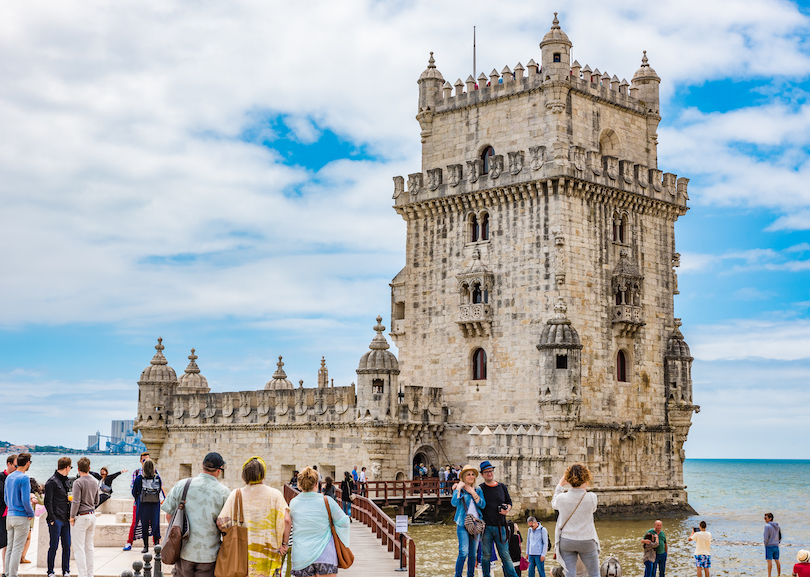
2. Algarve:
Sunny Mediterranean climate, gorgeous beaches, picturesque towns, flower-clad hills, historic sites, fabulous cuisine and affordable costs are just some of the reasons that make the Algarve one of Portugal’s most popular tourist destinations. Located in the country’s southernmost region, the Algarve offers a feast for the eyes, from tranquil landscapes of olive groves, traditional whitewashed villages and lovely villas to the wild, windswept coast with its dramatic cliffs dotted with summer resorts.
The Algarve is occupied by bustling cities and quaint towns alike, offering delights of cobbled streets, historic architecture and beautiful old churches. Faro is the region’s capital, and Lagos is the area’s hot spot for nightlife. Looped by orange groves, Silves is best known for its red sandstone castle, while Tavira is an elegant town packed with Renaissance monuments, bridges and castles.

3. Sintra:
Nestled in the foothills of the Sintra Mountains on the Lisbon Coast, just a day trip away from Portugal’s capital city, Sintra presents a spectacular setting of verdant hills, sprinkled with pretty villas, royal retreats, palaces and castles dating as far back as the 8th century. Prized by the Romans, Moors and Portuguese royalty, Sintra’s beauty even enchanted the famous poet, Lord Byron, to write of it in a personal letter, describing it as the most beautiful village in the world.
Sintra’s hills make walking an effort, but the rewards are worth it. For those who don’t wish to walk, there are buses that stop near all of the city’s attractions such as Pena’s Palace, a fantastical castle reminiscent of Germany’s Neuschnwanstein. Built in the mid-1800s and serving as a summer retreat for the Portuguese royal family, Pena’s Palace is surrounded by forested parklands containing exotic trees, plants and flowers. Additionally, the Regaleira Palace and Gardens offers stunning architecture and intriguing Masonic symbols.
Also not to be missed are the impressive ancient ruins of the Castle of the Moors crowning the city’s highest hill, and the romantic Monserrate Palace with its subtropical gardens. For an interesting diversion, the Toy Museum houses more than 20,000 toy items spanning history back to ancient Egypt.
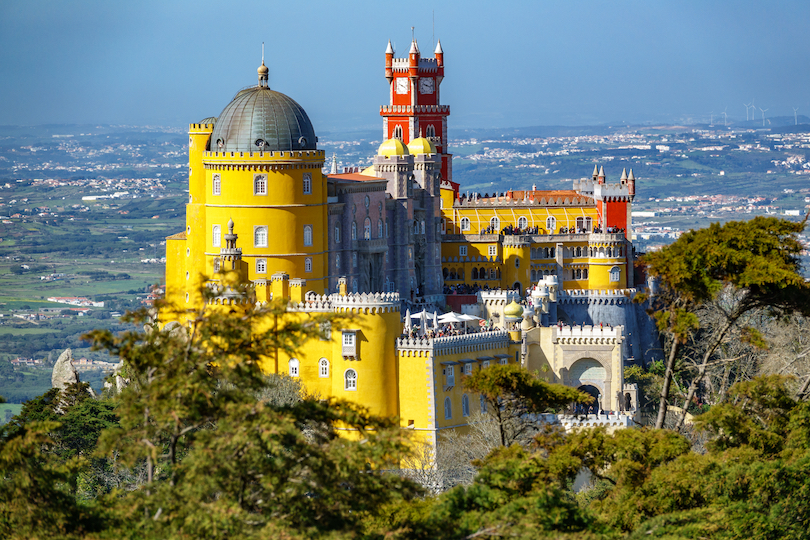
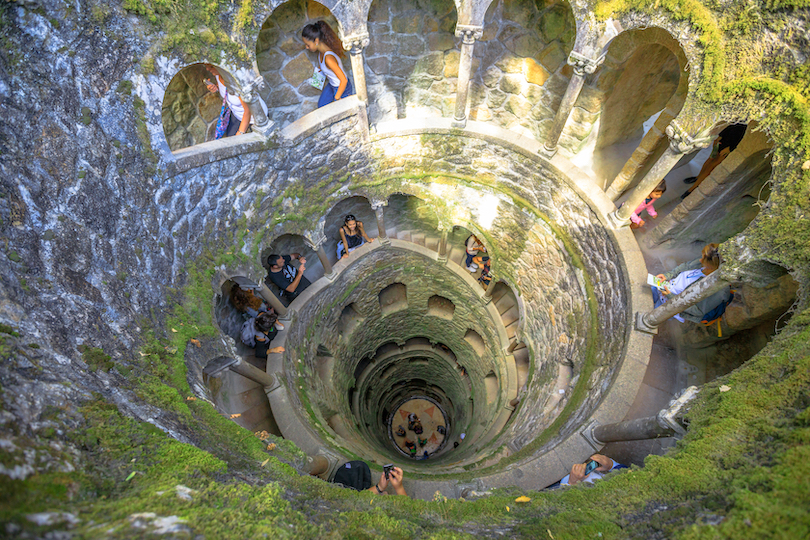
4. Porto:
World famous for its production of fine port wine, the busy city of Porto sprawls along the hills overlooking the Douro River in northern Portugal, prized for both its natural and architectural beauty.
Well-connected to other major cities in Portugal, Porto provides a good public transport system of buses, metro and cable railway. At the heart of Porto is the charming pedestrian zone, the Ribeira, an atmospheric place on the river, buzzing in live music, cafes, restaurants and street vendors. Dominating this popular tourist setting is the Ponte Dom Luis, a metal, double-deck arch bridge that links Porto to Vila Nova de Gaia, well-known for its port wine cellars. Among Porto’s many architectural treasures are beautiful old churches with elaborate interiors, artistic works and gardens such as the Church of Saint Francis and Porto Cathedral. Other landmarks include the Cleric’s Tower and palaces like the Stock Exchange Palace with its remarkable Arab room.

5. Obidos:
Located on a hilltop in the Centro Region of western Portugal, Obidos is encircled by an old fortified wall. In the 8th century the Moors established a fortification on top of the hill. It was taken from the Moors by the first King of Portugal, Afonso Henriques, in 1148 and modified in the 14th century.
Besides the wall, the magnificent medieval castle and historic center of Obidos make up the city’s main attraction and can easily be walked. A labyrinth of narrow, cobbled streets leads visitors along busy squares, inviting cafes, quaint shops, markets selling local handicrafts, and whitewashed houses spruced with colorful flowers. Elegant old churches like Santa Maria and St. Peter’s, with their hand-painted tiles, ceilings and walls, please the eye. The castle with its commanding edifice, huge gates, towers and battlements, is now a luxurious hotel but a marvel to behold nevertheless.
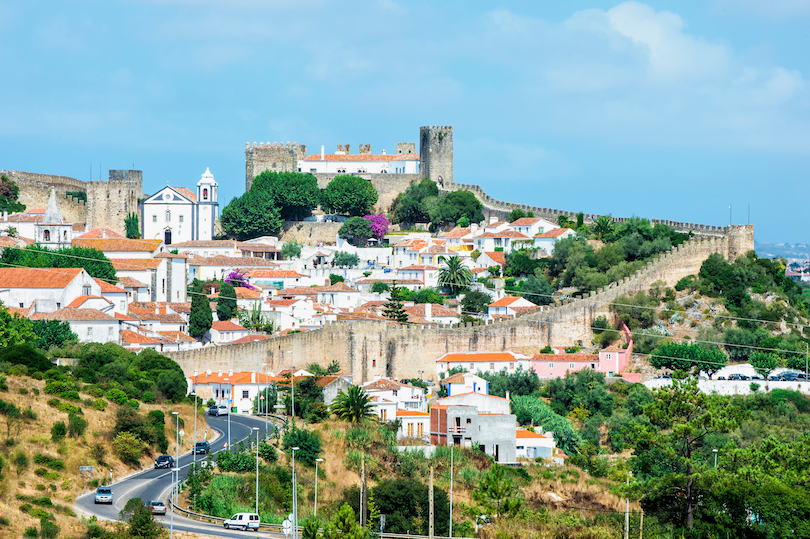
6. Viana do Castelo:
Set in a scenic spot at the mouth of the Lima River, Viana do Castelo lies in the north of Portugal, right next to the Atlantic Ocean. The small city boasts interesting and impressive historical and cultural landmarks and is a popular stop along the Portuguese Way.
As it has long been an important pilgrimage site, numerous centuries-old churches and a gorgeous Gothic-style cathedral can be found dotted around town. Its well-preserved medieval center is also home to fine palaces and manor houses, as well as a couple of small museums. Overlooking everything from its prominent hilltop position is the beautiful Basilica of Santa Luzia, which was modeled on Sacre Coeur in Paris.
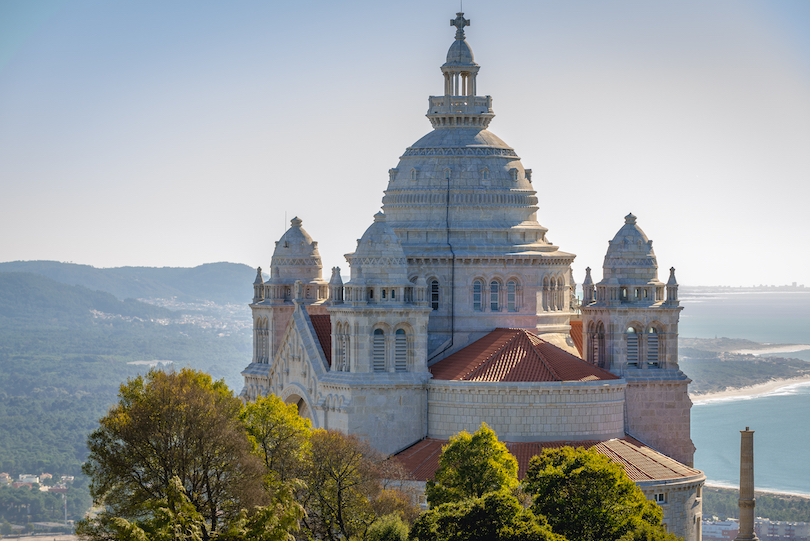
7. Monsaraz:
Fought over and ruled by everyone from the Romans and Visigoths to the Arabs and Knights Templar, Monsaraz boasts a long and illustrious history. The settlement was sought after as it occupies a scenic and strategic hilltop position overlooking the Guadiana River on the border with Spain.
Much of its fascinating past is still visible; within the walls of the medieval village, you can find age-old archaeological sites and awe-inspiring architecture. While its crumbling castle is the main attraction, lovely churches and chapels can found hidden away among its winding cobbled streets and beautiful white-washed buildings.
From the village’s walls and watchtowers, you can enjoy breathtaking panoramas out over the waters of Alqueva Dam and the patchwork of green, brown and yellow fields surrounding it. A magical place to visit, Monsaraz is one of the oldest villages in the whole of Portugal.
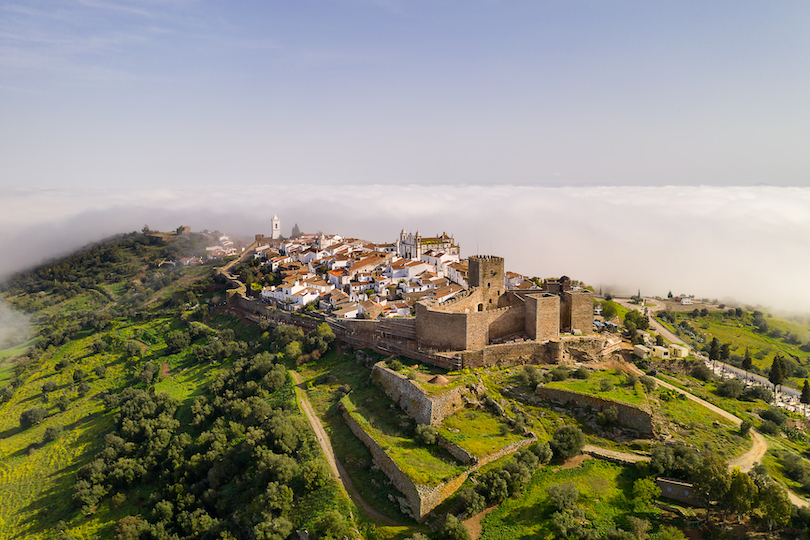
8. Nazare:
Located in the historical Estremadura Province, the small town of Nazare is set in a scenic spot, with rugged coastal cliffs and beautiful beaches lying all around. One of Portugal’s most popular seaside resorts, it is famed for the enormous waves pounding its Atlantic coastline.
Due to the ferocious waves flung up by the undersea Nazare Canyon, the town has long attracted surfers to its shores. While riding record-breaking waves is a popular pastime, many people prefer to simply relax on its golden sands or bask in its panoramic coastal views.
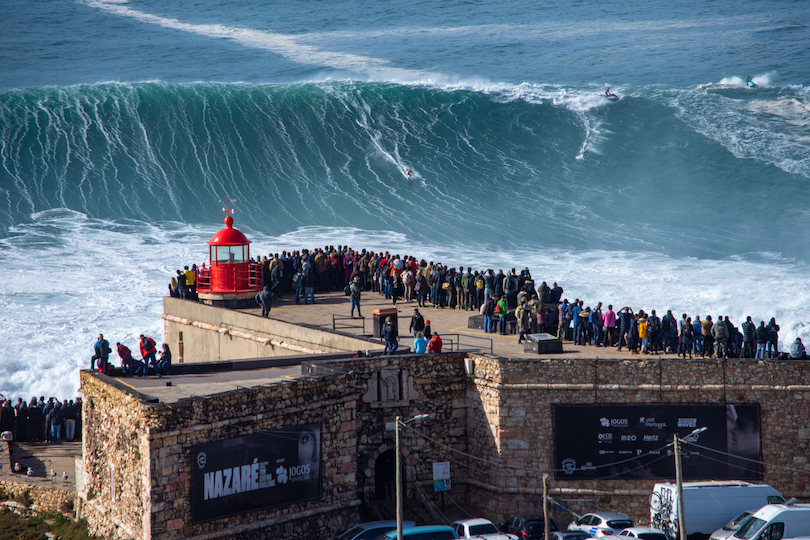
9. Braga:
The third-largest city in the country, Braga lies in the north of Portugal surrounded by gently rolling hills, sweeping valleys, and fertile farms. Although it is known as the ‘city of archbishops’, it boasts much more than just churches, with a charming old town and lively nightlife for visitors to explore.
While its historical center is full of winding narrow lanes, elegant plazas, and beautiful old buildings, there is a youthful and lively feel about town thanks to its large student population. As such, cheap but excellent cafes, restaurants and bars abound, while magnificent monuments and museums can be found here and there.

10. Tomar:
One of Portugal’s most pretty and picturesque towns, Tomar lies in the center of the country, surrounded by fertile farmland. As it was once the headquarters of the Knights Templar, its ancient streets are home to important historical, cultural and religious monuments.
In the center, you can find beautiful buildings that exhibit some exquisite architecture, with Gothic, Manueline, and Renaissance styles all displayed. While centuries-old churches, chapels, and palaces abound, its main attraction is the Castle and Convent of the Order of Christ.
Once a Templar stronghold, it was from this sprawling and spectacular citadel complex that Portugal’s overseas expansion and Age of Discoveries began.

11. Guimaraes:
Boasting one of the most beautiful and well-preserved historic centers in Portugal, Guimaraes lies in the north of the country, not far from Braga. The city is often called the ‘birthplace of Portugal,’ as it was here that the nation’s first king Afonso Henriques was born.
At the heart of Guimaraes lies its two main attractions – its majestic tenth-century castle and Grand Dukes of Braganza Palace. Fascinating to explore, they boast exquisite architecture and offer an invaluable look at the city’s rich history and heritage. Its magnificent medieval center is also wonderful to walk around and is home to pretty plazas, lovely old buildings, monuments, museums, and art galleries.
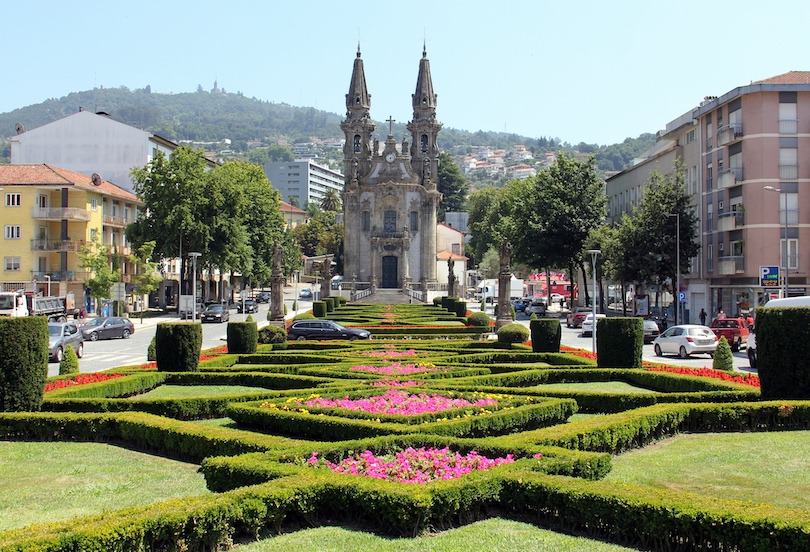
12. Silves Castle:
As Xelb, Silves was once the capital city of Moorish Algarve, and the Arabs named the region al-Gharb.
During the early 12th century, the town was renowned as a center of learning, a place where Islamic writers, philosophers, and geographers gathered. To protect the inhabitants, the Moors built a mighty castle on an elevated position overlooking the town.
Captured later by Crusaders, the fortress stands today as a permanent reminder of Moorish domination and Christian Reconquest. It is the most impressive historic monument in the Algarve and one of the top castles in Portugal. Its huge walls of red sandstone color the pleasant riverside town of Silves below with an inviting ochre glow.
Visit during early August and revel in the annual Medieval Festival set outside the sturdy battlements.
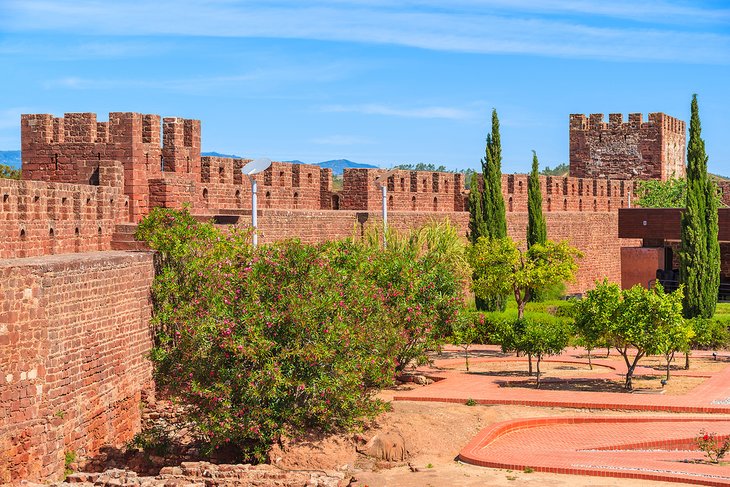
13. Mosteiro Pálacio Nacional de Mafra:
The majestic National Palace and Monastery of Mafra looms over the pleasant countryside town of Mafra and represents an outstanding example of grandiose excess.
Work began in 1717 on what was originally supposed to be a simple monastery and basilica, commissioned by Dom João V to honor the birth of the king's first child. But as wealth from Brazil swelled the royal coffers, the project took on a new dimension and eventually, a huge Baroque palace was built, lavishly decorated with exotic furnishings and numerous works of art.
A tour allows access to the monastery, palace, church, and basilica. One of the undoubted highlights of the National Palace and Monastery of Mafra is the sumptuous marble floored library, where more than 40,000 rare and precious books line Rococo-style wooden bookcases - one of the most important collections of manuscripts and literature in Europe.
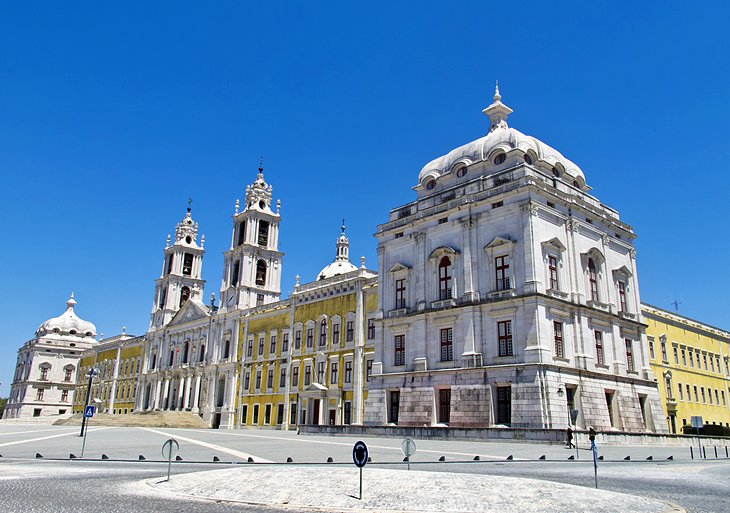
14. Museu Calouste Gulbenkian, Lisbon:
Lisbon is blessed with some truly world-class museums, and one of the finest is the Museu Calouste Gulbenkian. The museum's collection numbers some 6,000 pieces, all of which belonged to just one man: Calouste Sarkis Gulbenkian, a wealthy Armenian oil magnate who bequeathed his priceless hoard to the Portuguese nation upon his death in 1955.
Quite simply, this is one of the finest collections of art in Europe. The exhibits span more than 4,000 years from classical and oriental Antiquity to European art of the early 20th century. No other museum has such varied pieces of art from so many places in the world, and visitors can spend hours mulling over treasures such as the 11 Roman medallions found in Egypt; 16th-century illustrated manuscripts; masterpieces by Rubens, Rembrandt, and Turner; Louis XV and Louis XVI furniture; and Art Nouveau jewelry made by Rene Lalique.
The museum lies in beautiful lush gardens that are perfect for picnics, especially during the summer months.
